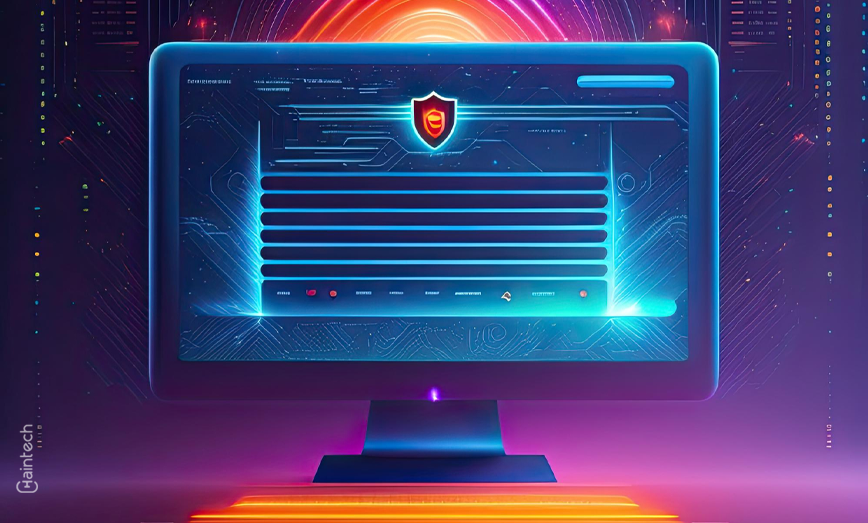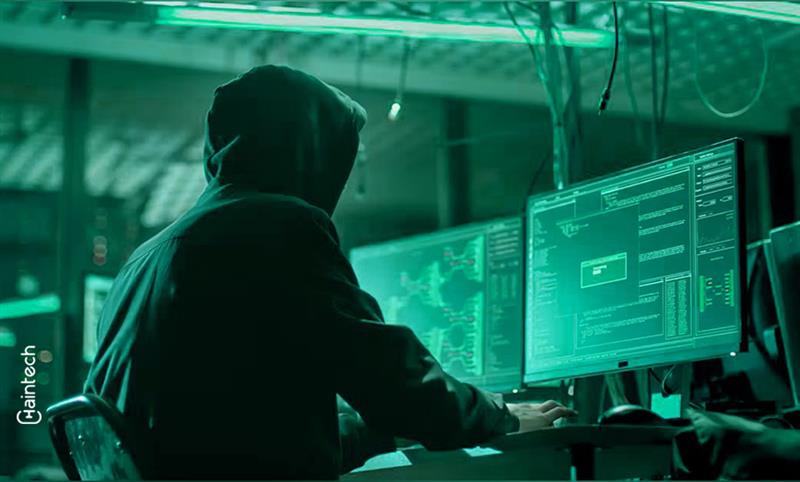MCI DEC Network Under Siege: Mitnick’s 1988 Cyber Attack

Imagine being the most wanted hacker in the world and slipping through the cracks of some of the most secured networks. Kevin Mitnick did that in 1988 when he broke into the MCI DEC (Digital Equipment Corporation) network.
At that time, the name DEC was big in the tech business world. They were someone to be trusted for their high-end computing systems. Still, companies like DEC could not escape clever hackers like Mitnick; they broke into unauthorized access and stole software of great value.
His hacking was more than just hacking a system; it was a wake-up call for all about the many weak spots in computer security.
Mitnick’s Hack: A Wake-Up Call for Top Companies on Security Vulnerabilities
- Mitnick used social skills, not just tech skills, to trick his way into the system.
- Even top companies like DEC can get hit hard if they don’t keep up with security.
- This attack changed how companies thought about cybersecurity forever. It taught that people are the weakest link.
Let’s explore Mitnick’s infamous attack, how it happened, and why it still matters today.
The Rise of Kevin Mitnick: From Bus Rides to Cybercrime
Kevin Mitnick began hacking when he was only 13. This involved using social engineering to manipulate people to get whatever he desired.
For example, he used to find free rides on Los Angeles buses by checking through the trash bins for unused transfer slips and using them to move around the city. Such small-time tricks were only just the beginning.
The first major hack was when he was 16; he entered DEC’s network and transferred their copied software without any permission. He did not sell the software or try to tear things up; he did it just to get bragging rights.
This came with its great consequences; however, in 1988, he was caught and sentenced for 12 months in prison. After serving his term, Mitnick was placed under supervised release, but this did not stop him. Mitnick broke into the voicemail systems at Pacific Bell and, subsequently, became an absconder for almost three years.
His account vividly describes how a sharp brain can make its way to areas where it is not supposed to go. But how does he manage his most infamous attack on the MCI DEC network?
Did You Know?
Mitnick’s hacking skills were mostly self-taught, relying on public libraries and trial-and-error.
Mitnick’s MCI DEC Network Breach: The Attack Vector
The attack on MCI’s DEC network by Mitnick was not just a feat of technical dexterity but human psychology also. He did not hack his way in, he talked his way into the system. Mitnick misrepresented himself as a DEC employee and had an MCI staff member let him into the MCI network. This social engineering approach became his main weapon whereby no amount of the best technology can help you outsmart human error.
Major stolen assets included the source code for VMS, which is the Virtual Memory System. He used that same VMS to run DEC’s systems, and having that source code available gave him ready access to alter or copy sensitive proprietary software owned by DEC. Another high-value asset was XSafe, a security tool to make data safe. It revealed how easy it can be for a determined hacker to walk off with the critical data, sending companies scrambling to respond.
Implications and Analysis: Why This Attack Was a Big Deal
Mitnick’s theft of the VMS source code and XSafe was more than just bad news for DEC; it was a wake-up call for the entire tech world. Here’s why:
- Intellectual Property Theft: The VMS source code was the heart of DEC’s operations. Competitors could use this stolen code to copy DEC’s technology or create something similar. This kind of theft put DEC’s business at risk and damaged its competitive edge.
- Financial Costs: DEC had to spend a lot of money on security upgrades afterward not to allow such breaches to happen again. The Customers and the partners are now questioning DEC’s capability of protecting their own data.
- Reputation Damage: The public perception of DEC took a hit. Clients lost confidence in the company’s security, which hurt its reputation and led to financial losses.
Here’s a quick look at the key implications:
| Impact | Details |
| Loss of Trust | Clients questioned DEC’s ability to keep data safe, damaging their business relationships. |
| Increased Security Costs | DEC had to invest heavily in new security measures to prevent future attacks. |
| Intellectual Property Risk | The stolen VMS code risked being used to create competitive products against DEC. |
| Regulatory Issues | DEC faced more scrutiny and pressure from regulators after the breach. |
| Operational Disruptions | The company had to pause and reassess its entire security approach, affecting operations. |
The Fallout: DEC’s Steps to Recover
After the breach, DEC had no choice but to respond swiftly. The company took several actions to patch up its vulnerabilities and restore its image:
- Conducted a Full Security Audit: DEC reviewed their systems with a fine-tooth comb to find weaknesses.
- Enhanced Access Controls: They strengthened how access was granted, making sure no unauthorized personnel could easily get in.
- Employee Training: Employees were trained to recognize social engineering tactics to avoid being tricked like before.
- Collaboration with Authorities: DEC worked closely with law enforcement to bring Mitnick to justice and investigate the attack further.
- Investment in New Technologies: The company invested in new cybersecurity tools to enhance its defense.
These measures were critical to DEC’s recovery but came with a high cost. The incident showed the tech world that having the best technology is not just about having the best technology but also about staying vigilant and proactive.
Did You Know?
Despite his criminal past, Mitnick became a respected cybersecurity expert, helping companies avoid the very mistakes he exploited.
Lessons from Mitnick’s Attack: What Companies Should Learn
Mitnick’s attack on MCI’s DEC network taught the tech industry several critical lessons:
- Social Engineering is Powerful: Companies must train employees to spot and respond to suspicious behavior. Hackers often exploit human error before technology fails.
- Regular Security Audits are Key: Ongoing security assessments help identify vulnerabilities before they can be exploited.
- Robust Access Controls Matter: Limiting access and ensuring strong authentication can prevent unauthorized users from entering sensitive areas.
Final Thoughts
Kevin Mitnick’s attack in 1988 on MCI’s DEC network has been heavily recorded as one of the moments that would be truly a milestone in cybersecurity history.
It emphasizes the protection of sensitive information, training the workforce, and constantly updating the security measures at hand. This is a lesson to firms today: that cybersecurity is not about the software itself but people, processes, and constant vigilance. The legacy continues to remind us that no system, after all, in the digital age, is ever safe.
FAQs
- What was Kevin Mitnick’s main method for breaching the MCI DEC network? Mitnick used social engineering, posing as a DEC employee and convincing an MCI staff member to give him access to the network.
- What were the key items Mitnick stole from DEC? He stole the VMS source code, a crucial part of DEC’s operating system, and XSafe, a security tool for protecting sensitive data.
- How did DEC respond to Mitnick’s attack? DEC conducted a full security audit, enhanced access controls, trained employees on cybersecurity, and worked closely with law enforcement.
- What impact did the attack have on DEC? The attack damaged DEC’s reputation, increased security costs, and exposed the company’s intellectual property to significant risk.
- What can companies learn from Mitnick’s attack? Training the employees, regular auditing of security, and strong access controls could have prevented the type of breach similar to that Yahoo suffered from.Diving into Mitnick’s acts, impacts, and lessons learned as one hacker left behind a legacy of forever changing our way of thinking about security.
This article dives into Mitnick’s actions, impacts, and lessons learned, reflecting on how one hacker forever changed the way we think about security.









